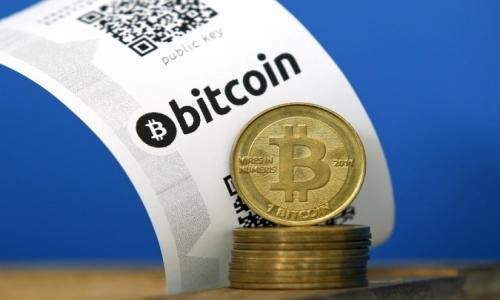Author:
Sean Riskowitz
on January 20, 2010
- modified on December 8, 2019
What is Compound Interest?
Albert Einstein, well known for being smarter than the average, once called compound interest "the greatest mathematical discovery of all time". However it’s not totally necessary to be as intelligent as Einstein (or even half as smart for that matter) to understand compound interest.
When you save money in a bank
savings account or
a CD, you earn interest on that money. The next year, you earn interest on both the original capital and the interest earned from the previous year. In the third year, you earn interest on capital and interest on interest earned in year one and year two. It goes on and on with no limits. And that, in a nutshell, is the seventh wonder of the world – compound interest!
The effect is most often described similarly to that of a snowball. If you stand atop a mountain and gather some snow into a ball, then roll it down the mountain, it gathers snow as it goes creating a bigger and bigger snowball. If your hill is steep enough you could end up with a very large snowball at the bottom!
While compound interest itself is a basic concept, there are several ways to maximize the amount of money you could be due. Here are five key points to keep in mind:
1. Start as soon as you can: The earlier you start investing, the more time you have for the effects of compound interest to accrue. A person who invests $200 a month from age 25 to 35 and then lets their investments grow is likely to have more money at age 60 than a similar person who invests $200 a month from age 35 to 59.
2. Small differences in return are crucial: While 1% might not seen like a lot, the difference between 6% or 7% over long time periods is gigantic.
3. Don’t disrupt the cycle: It’s important only to invest money and let it grow when you have no pressing need for it. While there is nothing wrong with keeping money in a bank account, the more time your money has to grow the more it will.
4. Don’t laugh off the small stuff: Contributing just $100 a month for 40 years at 12% will see you end up with close to $1,000,000 in savings. And that’s just $100 a month.
5. Give it time: You must be patient. There is no such thing as a quick buck. Compunding takes time but the benefits are way in excess of the time costs.
A Practical Example
$20 000 invested at a compound rate of 15% for 30 years provides some astonishing results:
YEAR AMOUNT
1 $23,000
2 $26,450
3 $30,418
4 $34,980
5 $40,227
6 $46,261
7 $53,200
8 $61,180
9 $70,358
10 $80,911
11 $93,048
12 $107,005
13 $123,056
14 $141,514
15 $162,741
16 $187,152
17 $215,225
18 $247,509
19 $284,635
20 $327,331
21 $376,430
22 $432,895
23 $497,829
24 $572,504
25 $658,379
26 $757,136
27 $870,706
28 $1,001,312
29 $1,151,509
30 $1,324,235
An investment of $20,000 turns into $1,324,235 after thirty years, without a single cent added.
Explore the magic of compounding interest over time and see the importance of earning a higher rate with BestCashCow's savings and CD compounding interest comparison calculator here.













Add your Comment
use your Google account
or use your BestCashCow account